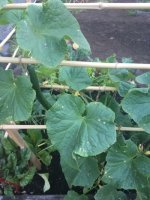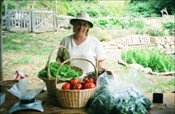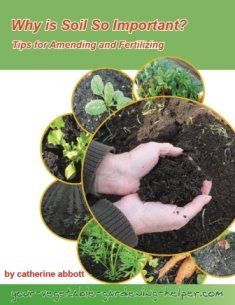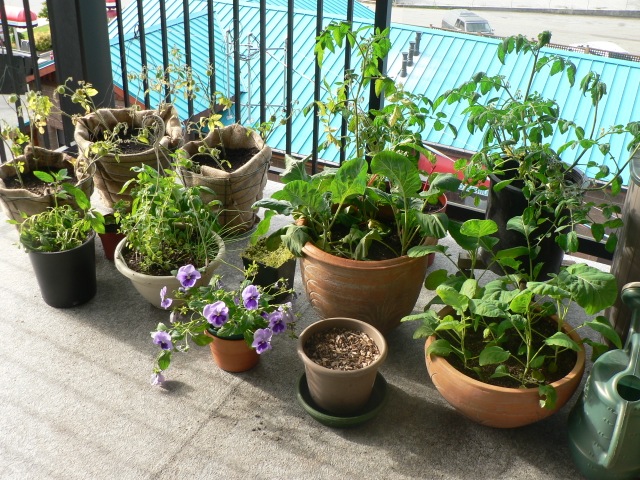Fall Vegetable Gardening
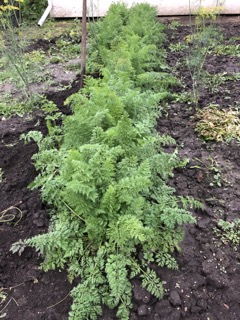
Some plants do better in cooler weather so fall vegetable gardening is possible even in colder climates. The end of July and early August are the best times to plant seeds for harvesting in the fall. As the weather cools and the days get shorter vegetable plants will grow slower so be patient.
By protecting your vegetable plants from excess cold or rain they will keep producing into the fall months for you.
Taking the time to plan your garden season will help in knowing what and when to plant in the late summer to extend your vegetable growing and harvest into the fall months. In the fall and winter months is when I do my planning to the next season.
Fall vegetable gardening in September:
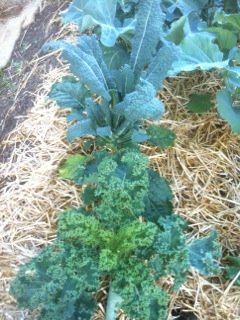
- Harvest:
Most vegetable crops. Now is the time to lift onions and shallots. Dry them in the sun before storing. - Sow:
In mild frost free climates you can plant lettuce, kale, Swiss chard, and spinach. - Cultivate:
Continue to water and fertilize where needed. - Protection:
It is important to protect onions from heavy rainfall to prevent regrowth and splitting bulbs. Pull up your tomato plants by the end of the month. Any unripened fruit will ripen better indoors once the temperature starts to get colder. Keep the unripened fruit on a sunny window sill or if you have an abundance wrap them individually in newspaper and lay them in a shallow box. Make sure you check them regularly and remove any that may become moldy.
Vegetable gardening in October:
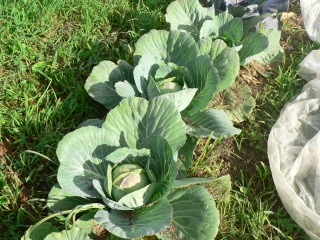
- Harvest:
Continue to harvest beets, cabbage, carrots, cauliflower, lettuce, turnips, squash and potatoes. - Cultivate:
This is a great time to start a new compost pile . The existing compost can be spread on your empty garden beds adding in nutrients to the soil. - Sow: This is the perfect month to plant your garlic for harvesting next June. Now it the time to sow green manures sometimes called cover crops in any garden beds that are empty.
- Protection:
If you have vegetable plants still in your garden be ready for frost. Here are some tips for protecting your veggies so you can harvest longer.
Vegetable gardening in November:
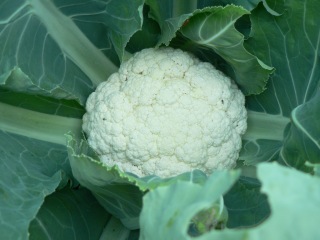
- Harvest:
You can still harvest broccoli, cauliflower, Brussels sprouts as their flavour is enhanced by frost. If you get lots of snow it can be used to protect your root crops, if not now is the time to pull them and store them indoors. - Sow:
If you live in a mild climate you can sow Salad greens, lettuce, spinach that will overwinter and start growing for you in late winter. sow a green manure crop or mulch any empty garden beds. This will keep your garden soil healthy and happy. - Protection:
Fall vegetable gardening is not for every climate, but there are many different ways to keep growing vegetables all season. Cold frames or greenhouses are great options to check out if you cannot grow outdoors during the fall.
Return from Fall Vegetable Gardening to homepage
Recent Articles
-
Vegetable Gardening Frustrations: Lessons for a Better Harvest
Oct 29, 24 07:37 PM
Every vegetable gardener knows that while the rewards are sweet, the vegetable gardening frustrations can be a bit bitter. -
Small Space Vegetable Gardening
Sep 23, 24 05:06 PM
Small Space Vegetable Gardening - Tips for growing vegetables in small spaces. -
Why Fall Gardening?
Aug 16, 24 12:24 PM
Fall Gardening: A guide to a Bountiful Harvest.
